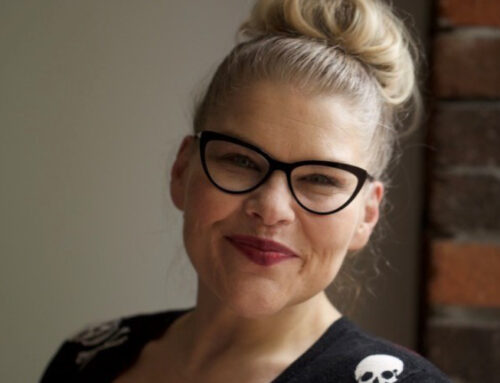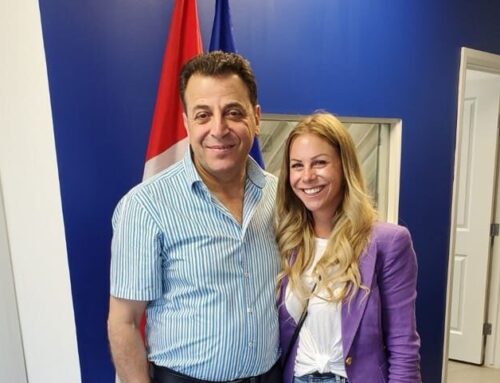Image: weareteachers.com
Today’s post comes from Keshinee Moonian, BSc (Honors) Student in Computing Science.
Children and youth in larger bodies sometimes face difficult, uncomfortable, or embarrassing situations simply because of their weight. While we might think – or at least we would like to hope – that schools are safe spaces, often they are not. Numerous students with overweight or obesity are the target of hurtful or embarrassing comments not only from their peers, but also from teachers.
I was a part of the Youth Weight Bias Working Group at the University of Alberta, which was facilitated by Alexa Ferdinands, a PhD Candidate in the School of Public Health. With other youth, we developed a list of common blind spots noted within education, after reflecting on our previous experiences at school. The following blind spots and accompanying recommendations were then turned into infographics by Amy Watts, MPH, our graphic designer:
- Reflect on your biases about students in larger bodies (remember that weight is influenced by much more than diet and exercise).
- Give us space to talk and listen to us (acknowledge our feelings and trust our words).
- Our weight should not be a discussion topic at school (do not weigh us or ask us to calculate our BMI).
- Do not use “fat talk” in front of students.
- Consider what it is like for a student in a larger body at school, especially in health and gym classes.
- Weight is the main cause of bullying in schools. Students must feel safe when reporting bullying and know that appropriate action will be taken by school staff.
As a team, we reflected on situations each of us had experienced during our growing up. Although we grew up in different countries around the world (e.g., I grew up in Mauritius), we noticed many similarities across our experiences. It’s likely that many other kids in bigger bodies went through the same things we did at school too.
Working in this group was a great opportunity to see different points of view on various topics, such as how we feel about families giving us “advice” on losing weight, to the words we prefer to use when referring to our body size (e.g., large, fat, big, overweight, etc.). As youth, we aren’t often asked about our perspectives, so this study gave us a unique opportunity to do so.
We all have weight biases, but being aware of them is the first step to change. We believe that by shifting the ways that we think about weight can help provide a better learning environment for students of all body sizes.
Please share these infographics with others who may find them useful!






